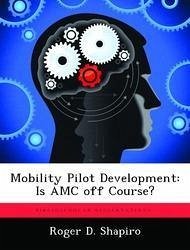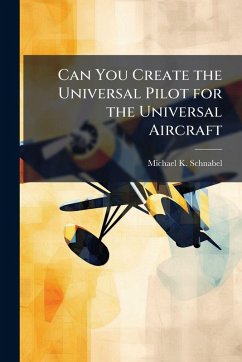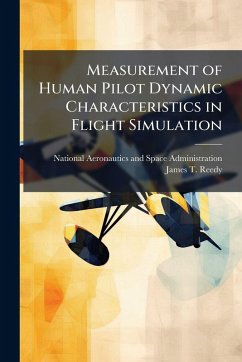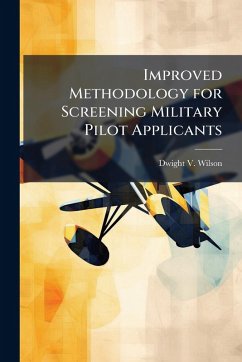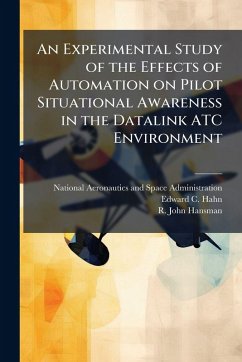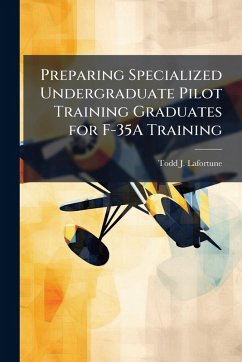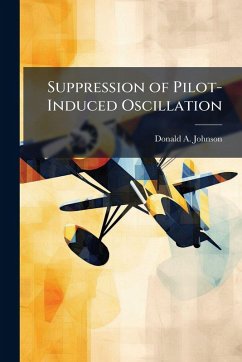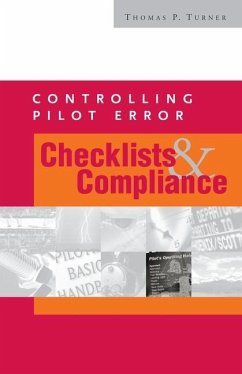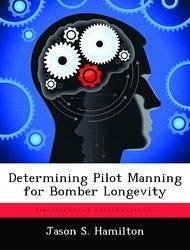
Determining Pilot Manning for Bomber Longevity
Versandkostenfrei!
Versandfertig in über 4 Wochen
15,99 €
inkl. MwSt.

PAYBACK Punkte
8 °P sammeln!
In support of US Air Force efforts to conserve resources without sacrificing capability, this research examines the question of whether the 509th Bomb Wing could continue to provide maximum combat capability with fewer assigned pilots. During peacetime, pilot proficiency training comprises the majority of annual flying hours for the small B-2 bomber fleet. Optimal pilot manning will decrease the accumulation of excess wear on the airframes; helping to extend the viable life of the B-2 fleet and preserve the deterrent and combat capabilities that it provides to the United States.The operations ...
In support of US Air Force efforts to conserve resources without sacrificing capability, this research examines the question of whether the 509th Bomb Wing could continue to provide maximum combat capability with fewer assigned pilots. During peacetime, pilot proficiency training comprises the majority of annual flying hours for the small B-2 bomber fleet. Optimal pilot manning will decrease the accumulation of excess wear on the airframes; helping to extend the viable life of the B-2 fleet and preserve the deterrent and combat capabilities that it provides to the United States.The operations and maintenance activity flows for B-2 aircraft and pilots in a notional sustained combat scenario are constructed in an Arena discrete-event simulation model. The model provides the capability to determine optimum manning levels for combat-qualified B-2 pilots across a range of fleet mission capable rates. Determination of actual optimum manning levels is sensitive to duration and probability parameters which are unavailable for use in this work. Notional parameter estimates are used to assess combat mission capability and pilot manning. This work has been selected by scholars as being culturally important, and is part of the knowledge base of civilization as we know it. This work was reproduced from the original artifact, and remains as true to the original work as possible. Therefore, you will see the original copyright references, library stamps (as most of these works have been housed in our most important libraries around the world), and other notations in the work. This work is in the public domain in the United States of America, and possibly other nations. Within the United States, you may freely copy and distribute this work, as no entity (individual or corporate) has a copyright on the body of the work. As a reproduction of a historical artifact, this work may contain missing or blurred pages, poor pictures, errant marks, etc. Scholars believe, and we concur, that this work is important enough to be preserved, reproduced, and made generally available to the public. We appreciate your support of the preservation process, and thank you for being an important part of keeping this knowledge alive and relevant.



